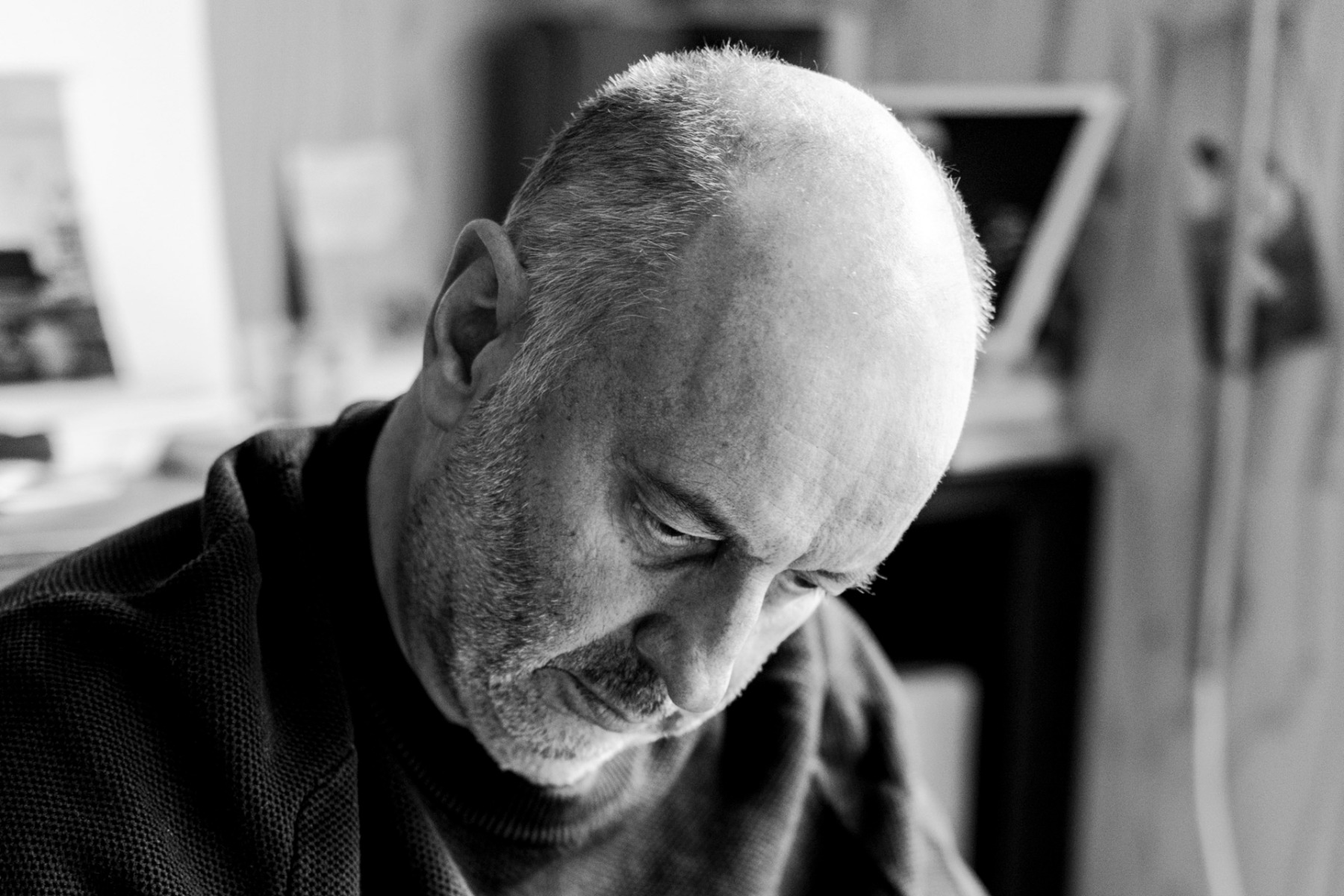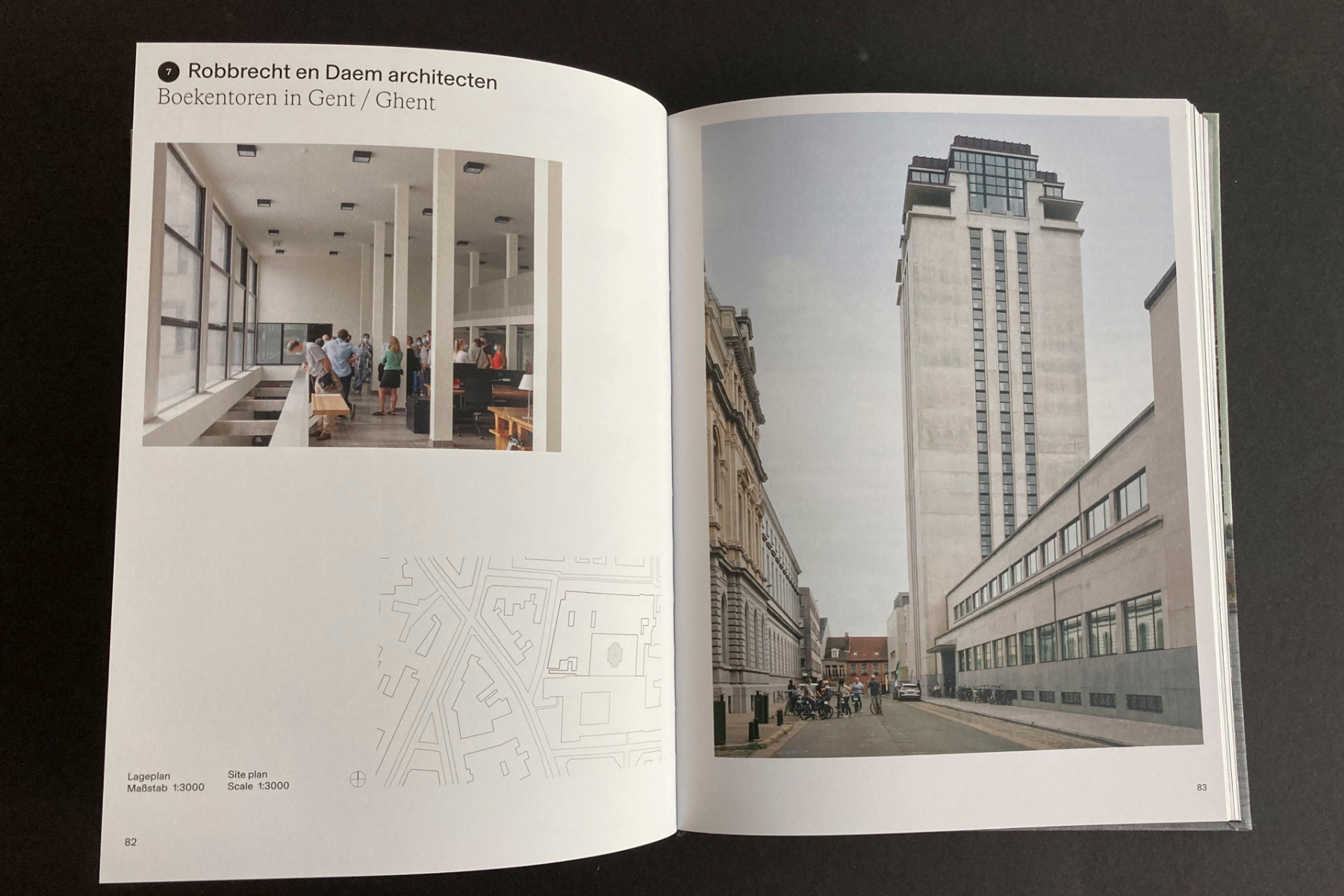Interview with architect Paul Robbrecht
Let’s Be Gentle on the Stock

Paul Robbrecht, © Maarten Vanden Abeele
Robbrecht en Daem architecten has a profound understanding and respect for historic buildings and listed monuments. In 1975, Paul Robbrecht co-founded Robbrecht en Daem architecten in Ghent with Hilde Daem, with Johannes Robbrecht later joining as a partner. The Flemish architecture studio works on projects worldwide, designing thoughtful interventions in urban and architectural settings. Paul Robbrecht provides insight into their approach. The interview has been published in the new publication Architecture of Transformation in Flanders by Edition Detail.
Given your wealth of experience with listed buildings, how do you approach their renovation and extension?
We’ve always had tremendous interest in history overall and historical buildings specifically. Our office is based in Ghent, where numerous new structures are integrated into the historical city centre, surrounded by Gothic churches. I’m fascinated by the dialogue between our present time and history. It’s not about replicating the past but being conscious of it and creating a relationship between the new and the old.


A look inside the book: Umbau Architektur in Flandern – Architecture of Transformation in Flanders, © Edition Detail
How does contemporary architectural language factor into refurbishments?
A contemporary architectural language, in our view, should absorb influences from the surroundings, and establish connections with the existing context or building without resorting to imitation. It should convey the spirit of a place, inviting people to take a closer look, sharpening their perception and heightening their awareness of the location. Old and new should coexist, complementing each other.


Umbau Architektur in Flandern – Architecture of Transformation in Flanders, © Edition Detail
Is this combination of old and new a hallmark of Flemish building culture?
Flanders today possesses few remaining natural spaces. Although a small amount still exists, it pales in comparison to other parts of Europe. The region’s high development density means that we encounter urban history at every turn. This reality requires us to reflect on how to handle the historical existing stock, which has become an integral part of our everyday life.
A look inside the book: Browse here
Information about the book:
Umbau Architektur in Flandern – Architecture of Transformation in Flanders
Publishers: Sandra Hofmeister and Florian Heilmeyer;
232 pages, four-color, 24 current conversion projects from Flanders, plans, drawings, essays and interviews
Language: German, English
Publishing date: May, 2024
Publishing company: Edition Detail, 2024
Order now


